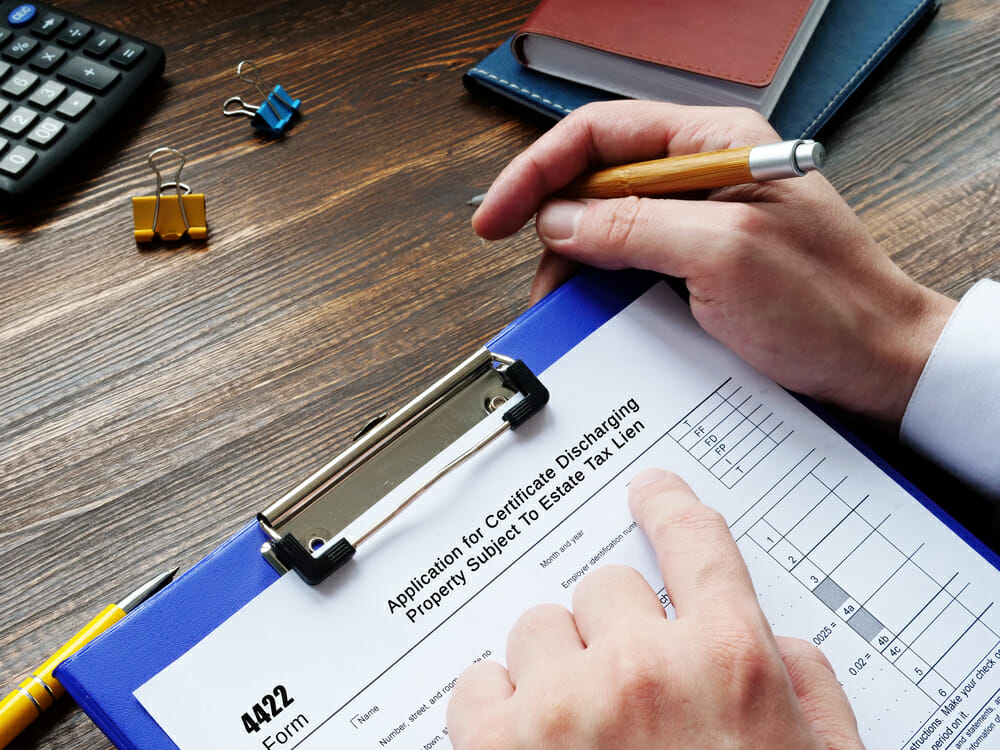
{Read in 4 Minutes} As a Trusts and Estates attorney, I frequently represent Executors of Estates in administering their duties. Sometimes, the deceased will leave behind real property, which in New York City may include vacant land, land with a home or brownstone built upon it, a condominium apartment, a cooperative apartment, or even a whole building.
The Will may direct the Executor to distribute the property to one or more beneficiaries or the Executor may need to sell the property. This may be necessary because 1) the Will directs the Executor to do it; and 2) it may be necessary to sell the property to pay the creditors of the Estate.
Some Executors are surprised to learn that New York State has a statutory estate tax lien on all property located within the state of New York for 15 years from the date of death.
Executors need to deal with this; if they sell the property, the purchaser’s attorney or title company will ask for a certificate releasing the estate tax lien before allowing the sale to conclude. Suppose the Executor is distributing the property out to beneficiaries. In that case, beneficiaries should ask the Executor to obtain a release of the estate tax lien to ensure that they don’t have any issues later if they try to sell the property within 15 years or need to take a mortgage or home equity line of credit on the property.
Not every Estate owes estate taxes. As of 2023, New York Estates valued at less than $6.58 million have no estate tax liability. (As of 2023, Federal estate tax does not begin to apply until someone has an Estate worth $12.92 million.) Even if the Estate doesn’t owe any taxes, the estate tax liens still exist. However, if the total value of assets passing by reason of death is less than the New York State taxable amounts, the New York State Department of Taxation and Finance will issue a certificate releasing the estate tax lien on the property. All the Executor needs to do is show New York State that the amount that passed was less than the total amounts or otherwise exempt (for example, passed to the surviving spouse) or that there are large bequests to charitable organizations.
The Executor can do this in one of three ways:
- If less than nine months have passed since the decedent’s death, the Executor can fill out form ET-30, wherein the Executor estimates the value of the Estate and requests the release of the lien.
- If more than nine months have passed, but the Executor is not required to file an estate tax return because the value of assets is less than the taxable thresholds, the Executor can complete form ET-85 and request the release of lien.
- If more than nine months have passed since the death and the Estate is required to file an estate tax return, because the value of assets exceeds the taxable threshold, the Executor should file a New York State estate tax return known as form ET-706. The Executor can request the release of the lien right on the form.
It takes Albany a little bit of time to process these papers, however, it is usually a matter of weeks as opposed to months. Executors planning to sell or transfer property should start this process in advance, so they have the ET-117 available at the time of the transfer.
Finally, note that the Federal government has an estate tax lien on the property as well. However, they will only release it if the Estate is subject to estate taxes. Therefore, given the large amounts of this exemption (again, $12.92 million) very few estates need to file Federal returns and thus can sell or transfer property without dealing with the Federal lien. For more information on this topic, please, contact me.

